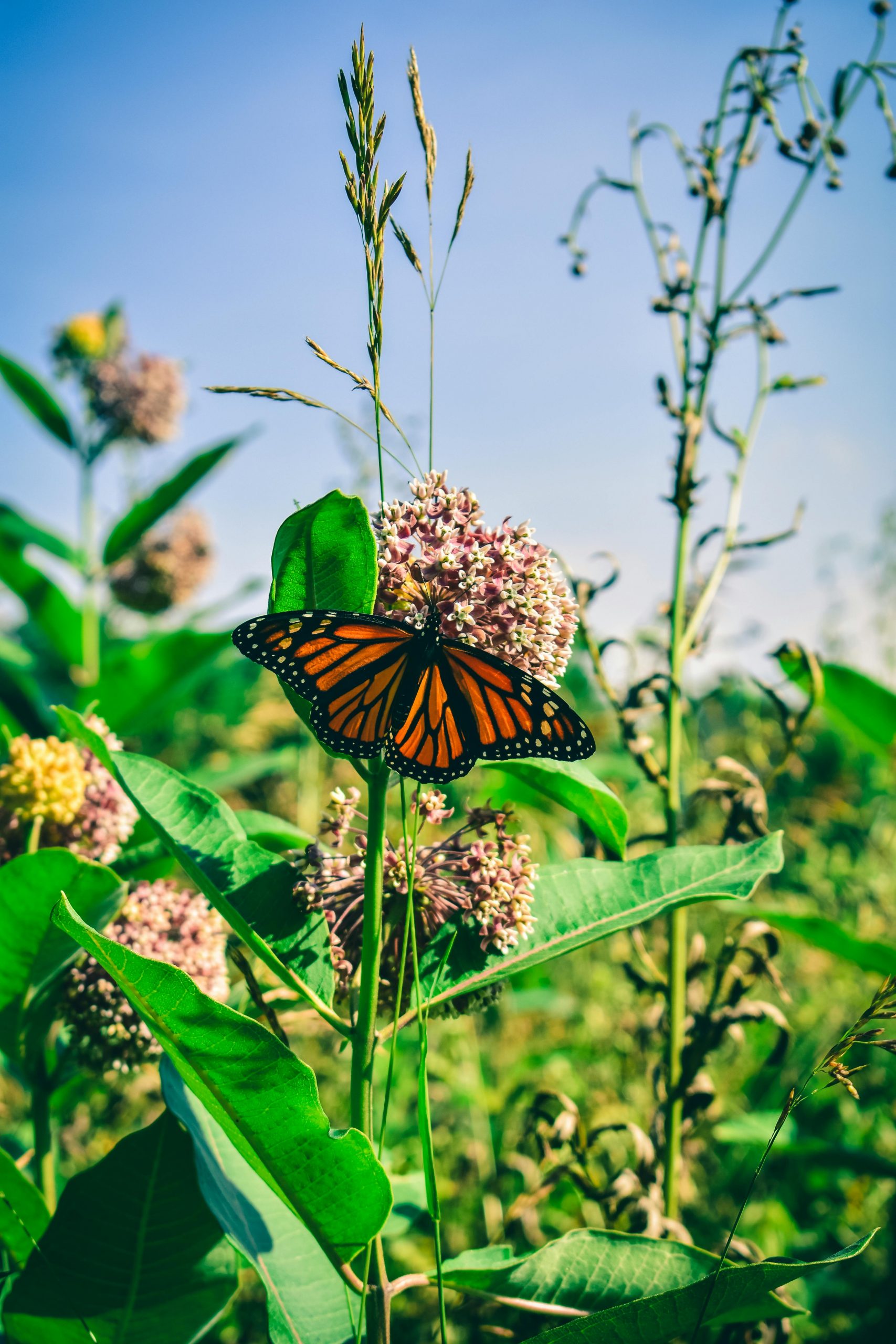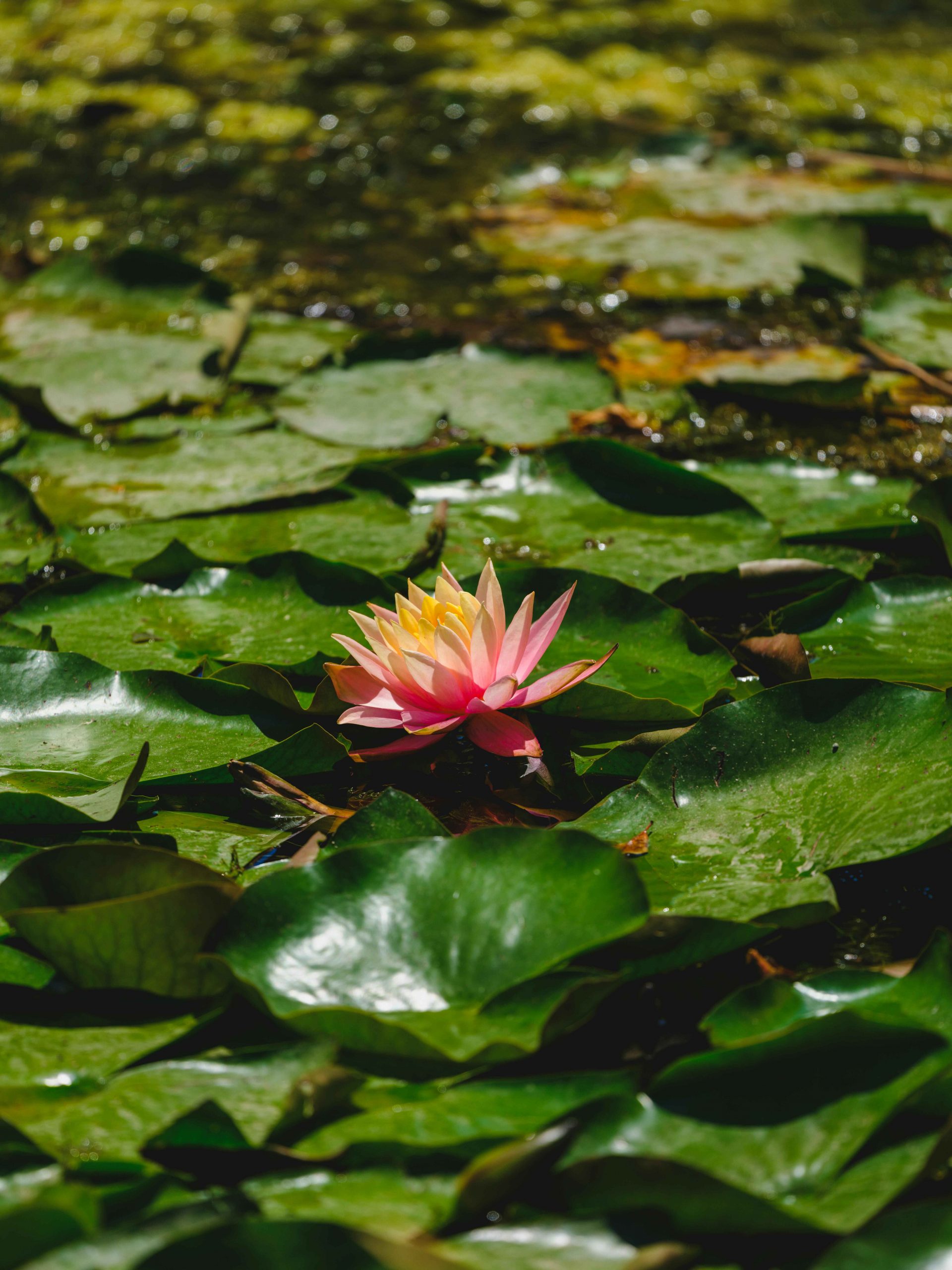There’s nothing quite as captivating as seeing the different species of insects that are attracted to your garden. Gardeners always want to attract as large a range of interesting insects and other buzzing, busy bodies in their gardens. Choosing a good range of plants will help achieve a bustling hub of activity.
Increasing the biodiversity of your garden doesn’t have to be hard or compromise the way your garden looks. With the right changes, you could manage to bring major beneficial creatures to your garden.
Choosing the right flowers
Choosing the right plant flowers is the first step. Flowers provide pollen and nectar for bees, butterflies and other insects that perform vital tasks in fruit production. Opt for plants that will provide pollen and nectar for as long a season as possible, from spring right through autumn. Grow a range of plants that offer impressive flowers when in bloom. The biodiversity found in your garden will surely be impressive with the right flowering plants.

Image Credit: Pexels
Composting
Composting your garden waste helps all your garden plants and wildlife. It speeds up the natural recycling of nutrients by harnessing native decomposer organisms such as fungi and soil bacteria. Using compost makes for healthy soil, which is good for everything living and growing on the soil. The right organic compost can also help shelter many small creatures.
Get sustainable
Garden sustainability helps protect wildlife. Sustainability is the buzzword that means you should minimise the use of harmful resources in your garden. Your garden aims to attract wildlife, and that means using organic resources that help benefit the garden.
Add a body of water to the garden
Ideally, a body of water like a pond or a birdbath will suffice. Adding to the many interesting wildlife species that will visit your garden. This is one of the easiest ways to add wildlife value to any garden. With a pond, the possibilities are endless; your garden can be full of beautiful water plants that colonise the pond naturally. Most wildlife, such as amphibians such as newts and frogs, will visit your water pond constantly.

Image Credit: Pexels
ALSO SEE: GARDENING ON HOT DAYS: WHAT TO AVOID FOR YOUR PLANTS’ HEALTH
Gardening on hot days: What to avoid for your plants’ health
Feature Image: Pexels

